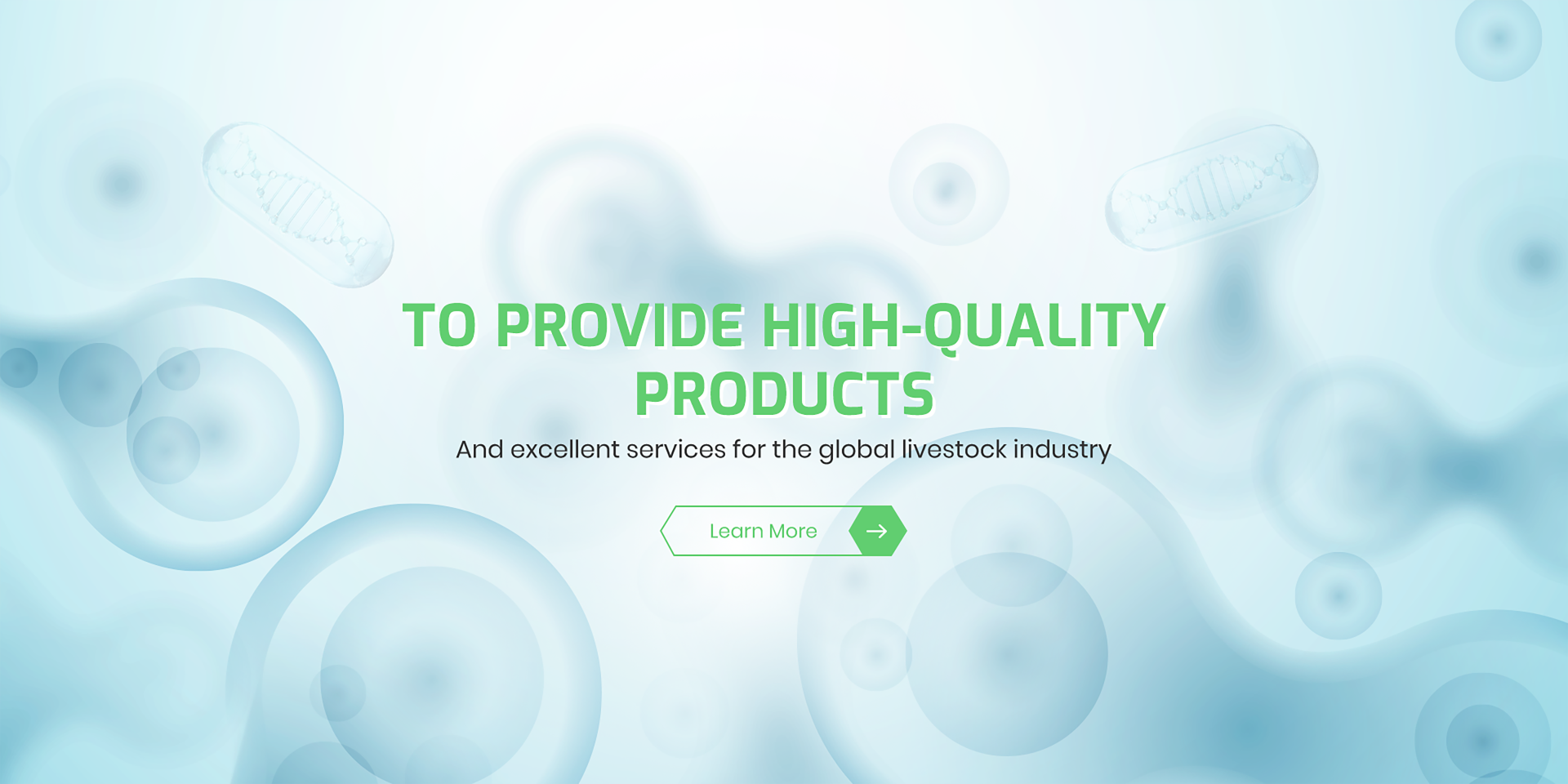- Afrikaans
- Albanian
- Amharic
- Arabic
- Armenian
- Azerbaijani
- Basque
- Belarusian
- Bengali
- Bosnian
- Bulgarian
- Catalan
- Cebuano
- Corsican
- Croatian
- Czech
- Danish
- Dutch
- English
- Esperanto
- Estonian
- Finnish
- French
- Frisian
- Galician
- Georgian
- German
- Greek
- Gujarati
- Haitian Creole
- hausa
- hawaiian
- Hebrew
- Hindi
- Miao
- Hungarian
- Icelandic
- igbo
- Indonesian
- irish
- Italian
- Japanese
- Javanese
- Kannada
- kazakh
- Khmer
- Rwandese
- Korean
- Kurdish
- Kyrgyz
- Lao
- Latin
- Latvian
- Lithuanian
- Luxembourgish
- Macedonian
- Malgashi
- Malay
- Malayalam
- Maltese
- Maori
- Marathi
- Mongolian
- Myanmar
- Nepali
- Norwegian
- Norwegian
- Occitan
- Pashto
- Persian
- Polish
- Portuguese
- Punjabi
- Romanian
- Russian
- Samoan
- Scottish Gaelic
- Serbian
- Sesotho
- Shona
- Sindhi
- Sinhala
- Slovak
- Slovenian
- Somali
- Spanish
- Sundanese
- Swahili
- Swedish
- Tagalog
- Tajik
- Tamil
- Tatar
- Telugu
- Thai
- Turkish
- Turkmen
- Ukrainian
- Urdu
- Uighur
- Uzbek
- Vietnamese
- Welsh
- Bantu
- Yiddish
- Yoruba
- Zulu
8 月 . 21, 2024 00:48 Back to list
Veterinary Disinfectants for Effective Infection Control and Animal Health Maintenance
Veterinary Type Disinfectants Ensuring Animal Health and Safety
Disinfection is a critical aspect of veterinary medicine, serving as a primary line of defense against the spread of infectious diseases among animals. Veterinary type disinfectants are specifically formulated to eliminate pathogenic microorganisms in animal healthcare settings, including clinics, hospitals, and farms. The importance of these disinfectants cannot be overstated, especially in environments where the health and well-being of animals hinge on maintaining high standards of hygiene.
Disinfectants play a vital role in controlling infections caused by bacteria, viruses, fungi, and parasites. In the veterinary field, certain pathogens, such as parvovirus in dogs or feline leukemia virus in cats, can lead to severe health issues and even death if not adequately managed. Consequently, the use of effective disinfectants can significantly reduce the transmission of these infectious agents.
Veterinary Type Disinfectants Ensuring Animal Health and Safety
Broad-spectrum activity is essential because pathogens vary significantly between species and environments. An ideal veterinary disinfectant should be effective against a wide range of microorganisms, offering comprehensive protection. For instance, quaternary ammonium compounds (quats), phenols, and chlorine-based disinfectants are commonly used due to their proven efficacy against diverse pathogens.
veterinary type disinfectant

Rapid action is another crucial factor in a busy veterinary practice. Veterinarians and their staff often operate in fast-paced environments, and disinfectants that act quickly can ensure that surfaces and equipment are safely decontaminated between patients. This rapid efficacy reduces the downtime needed for disinfection and facilitates a more efficient workflow.
Safety is also paramount when choosing a veterinary disinfectant. Unlike human healthcare settings, veterinary environments deal with a variety of species that may react differently to certain chemicals. It is essential to select products that are not harmful to animals or humans. This has led to the development of eco-friendly disinfectants that balance efficacy with safety, promoting a healthier environment for both animals and veterinary staff.
Moreover, proper application and adherence to protocol are crucial for achieving the desired results with veterinary disinfectants. Staff training and thorough understanding of the specific disinfectant's usage, including dilution ratios, contact time, and surface preparation, are imperative. Failure to follow these guidelines can lead to inadequate disinfection, potentially resulting in outbreaks of disease.
In addition to routine disinfection, veterinary facilities should develop a comprehensive infection control plan. Such a plan includes regular monitoring of disinfectant effectiveness, maintaining cleanliness in high-traffic areas, and implementing protocols for isolating infected animals. Furthermore, regular audits and staff training sessions keep the importance of hygiene fresh in the minds of the entire veterinary team.
In conclusion, veterinary type disinfectants are crucial in protecting animal health and preventing the spread of infectious diseases. Their effective use requires a combination of quality products and proper techniques, fostering a safe environment for animals and veterinary staff alike. As veterinary medicine continues to advance, the emphasis on using safe and effective disinfectants remains a cornerstone of animal healthcare, ensuring that our furry companions receive the best possible care.
-
The Power of Radix Isatidis Extract for Your Health and Wellness
NewsOct.29,2024
-
Neomycin Sulfate Soluble Powder: A Versatile Solution for Pet Health
NewsOct.29,2024
-
Lincomycin Hydrochloride Soluble Powder – The Essential Solution
NewsOct.29,2024
-
Garamycin Gentamicin Sulfate for Effective Infection Control
NewsOct.29,2024
-
Doxycycline Hyclate Soluble Powder: Your Antibiotic Needs
NewsOct.29,2024
-
Tilmicosin Premix: The Ultimate Solution for Poultry Health
NewsOct.29,2024













